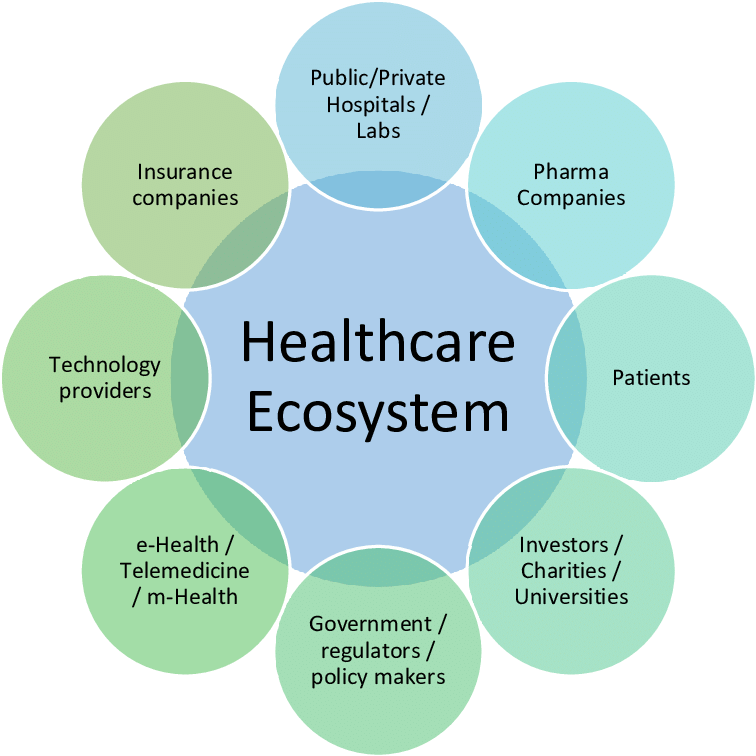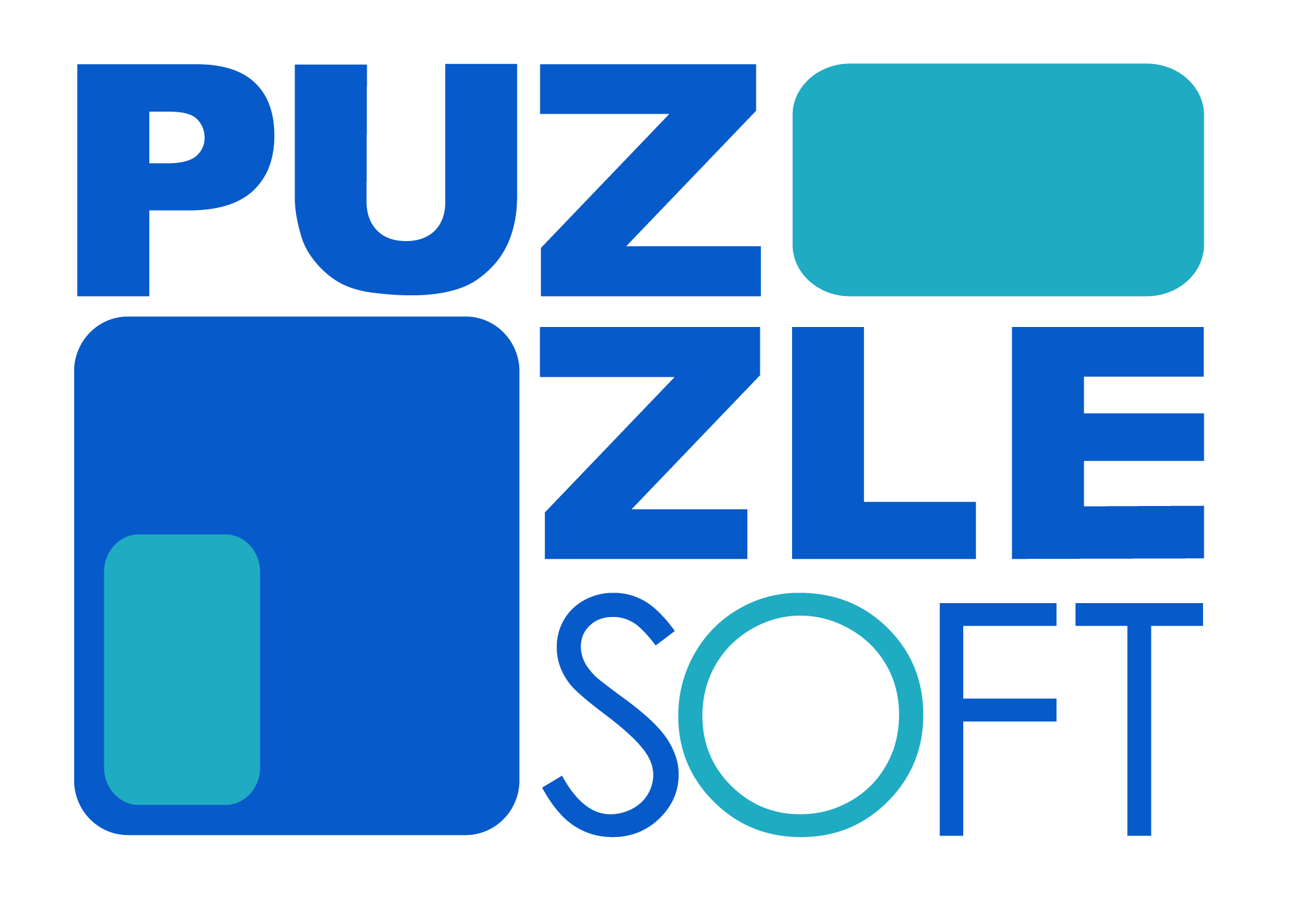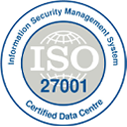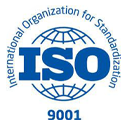Background - the "data locking" problem (data locking) and the need for interoperability (interoperability)
- Health organizations have a lot of information that is used for different needs
- The systems in the medical organizations are "closed" and do not allow connectivity and information sharing with other systems
- In recent years there has been a great demand for "digitization" in the health sector
- Expectation of uniform and complete information sharing for decision making
- within organizations
- between organizations
- between countries
- Today there is no uniform model for the transfer and sharing of medical information but a "digital Tower of Babel"
- Patient records must be available, transferable and easily understandable.
- To enable a transition from reactive medicine to proactive medicine by using decision support tools Patient data should be structured and standardized
- use ofstandards Allows interoperability!

What Is it FHIR and what are its basic principles?
standard FHIR (Fast Healthcare Interoperability Resources) is an international standard developed by members of the FHIR community and supported by the Standards Organization HL7. The standard refers to the health and administrative information that deals with the patient, the treatment and the health organization, from a broad view of the patient's journey. HL7's FHIR standard is more than a data model, it is part of a paradigm shift in healthcare delivery. This is a revolution that promotes a treatment concept where the patient is at the center, and the treatment is proactive, personalized and data-based.
The concept of FHIR is based on several basic principles:
- "Toolbox" - a simple and focused model - using extensions as needed, depending on the field or the country.
- FHIR is built from a set of 430 modular components called resources such as "patient" "diagnosis" "treatment plan" "therapist" "location"
- These are defined business concepts about which we would like to transfer information between systems.
- The concept of the solution is that using the "ready-made" set of resources will answer most of the common use cases
- These resources can be put together and integrated into clinical or administrative systems such as mobile apps, cloud-based apps, EMR data sharing, communication between large institutional healthcare providers, and more.
- Each resource is clearly defined - what it includes (for example - a treated resource will usually include date of birth, gender, contact details, etc.) as well as details about the resource in the various programming languages.
- For each resource define:
- the common central elements it includes
- What are the key terminologies used for the resources
- Beyond the basic structure, there are "extensions" of the standard for individual countries, as well as guides for implementing FHIR for specific test cases. For example, to use FHIR to share genetic information, or to create questionnaires.
- A comprehensive document in a non-technical language
- There are guides at the international level and there are guides for specific countries.
- For each resource there are also manuals that focus on how to manage it, examples of implementation, explanations and more. This documentation regarding all resources is accessible on the website where you can also see how different organizations implement the standard, and learn from it.
- השיתוף והתיעוד חשובים שכן ישנה חשיבות לעקביות בשימוש בסטנדרט על פני ארגונים שונים
Benefits of use FHIR
- to the health organizations
The healthcare organizations are interested in receiving all the information concerning their patients from a variety of systems and organizations, strive for innovation and efficient use of information, to implement smart decision-making processes, and all this without being dependent on the development of new software versions by their clinical portfolio provider. In addition, the funds want to meet the patients' demands For more control over their medical information, for easier access for them to information and personalized solutions. Of course, there is complexity, there are certain concerns about making information available to patients and introducing new information from external sources into the clinical file. At the same time, from the experience gained so far, the results show that patient participation in information and processes The treatment allows a higher involvement of the patients and as a result better treatment.
- to the providers of the clinical file
Utilizing the standard and the progress it allows to expand capabilities, create value for customers, perform simpler integrations of solutions and privatize part of the development. FHIR enables modularity, simple creation of a different interface for different users, as well as a comparative examination of which interfaces generate more value. Bottom line, a provider who knows how to communicate and share information via API, will be more in demand.
- to the regulators
FHIR enables tools for better control of processes and economic costs, and the improvement of the quality of treatment. In the USA, there are providers of clinical files obliged to build and make available to their customers an API in order to promote information sharing.
- to the patients
Patients benefit from an improvement in the flow of information and, as a result, the quality of care. For example, by preventing conflicts between different treatments, preventing situations of lack of information on the medical history, and so on. In addition, FHIR enables greater transparency for patients regarding their health status and the treatments they receive
FHIR IL Community
In the last two years, the Ministry of Health has carried out thorough headquarters work based on the decision to advance the implementation of FHIR in the health system and in the process create an "Israel Core": a basis for adapting the standard to Israel. The FHIR IL community was established by the 8400 organization, the Ministry of Health, the Innovation Authority, Israel Digital Joint Alka and the generous hand. The community supports the construction of the Core and working groups and projects to implement FHIR. The implementation of the FHIR® standard in Israel relies on the global FHIR® standard, while making the necessary adjustments to the local health system. Unlike "closed" models for data management, the driving idea behind FHIR® is a horizontal development built from the user community itself (Bottom Up): the health organizations, technology companies like Puzzlesoft, start-ups, academia, government and more. The community members, who come from technological and medical disciplines, work together to produce a standard adapted to concrete needs. FHIR user communities are active in many countries around the world (UK, Australia, Germany, Holland, USA and more) and now also in Israel.
Puzzlesoft is an active part of FHIRIL as the pioneer in the use of FHIR in Israel, winner of the Innovation Authority grant for implementing an innovative FHIR platform for making medical information from the health organization accessible to the patient and empowering him as having the ability to share his information with a third party.




